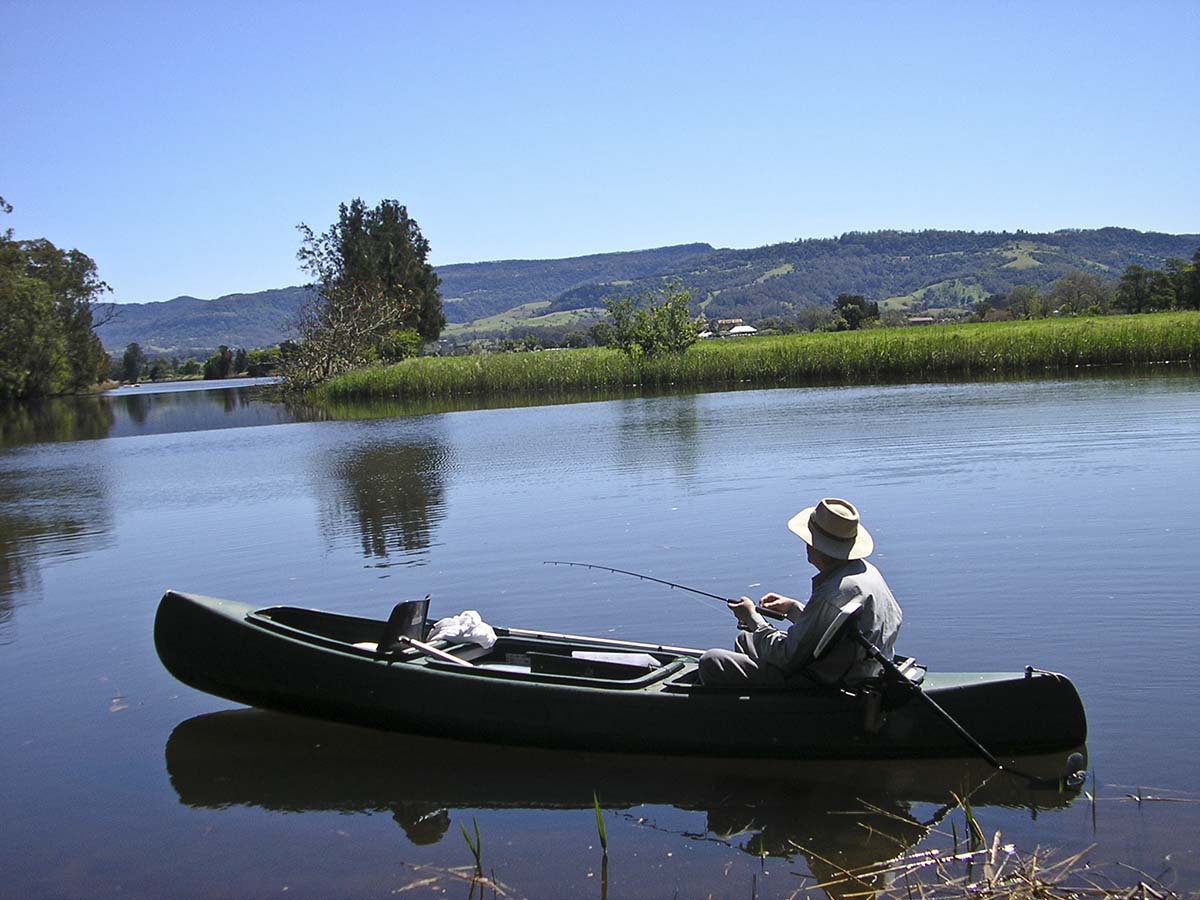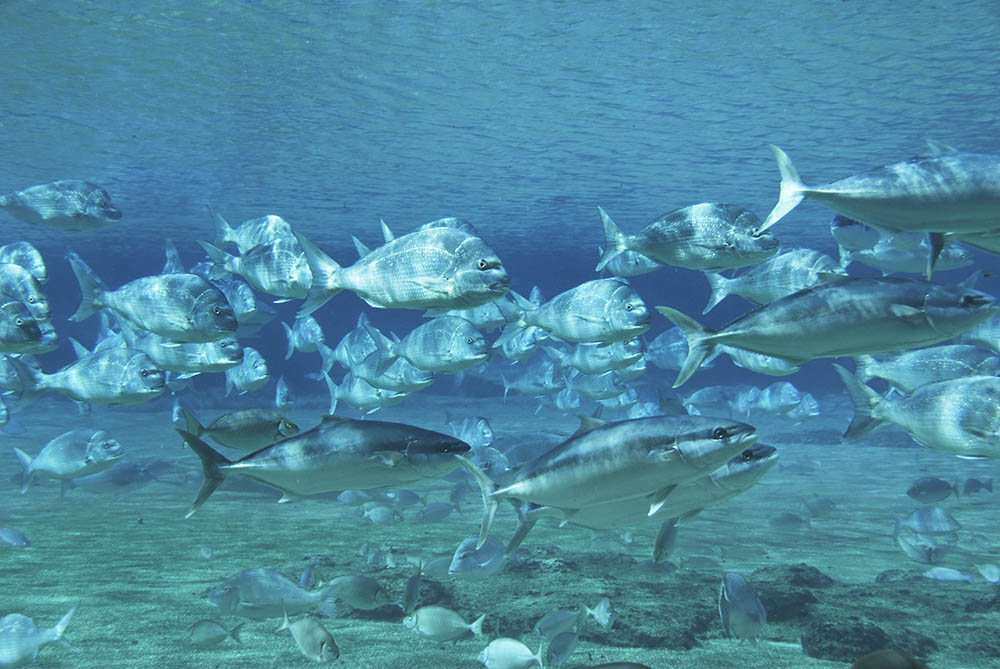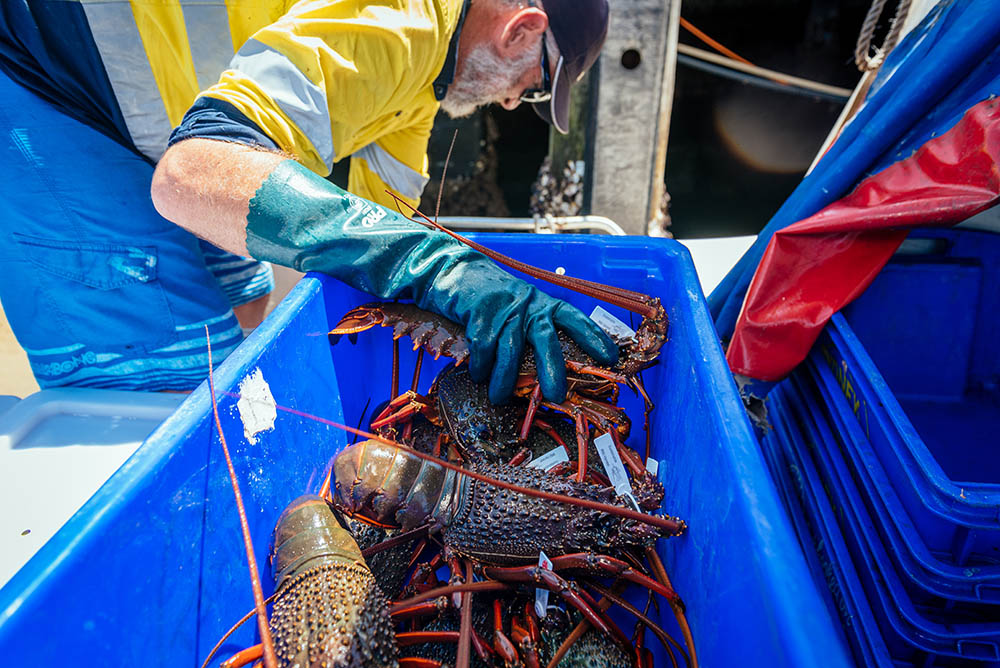- The recreational fishing industry remained remarkably resilient during COVID-induced lockdowns.
- Almost 3,300 charter fishing trips were undertaken in 2021-22.
- 129 Recreational Fishing Trust projects, worth $20.9 million were approved in 2021-22.
Participation and Effort
The data collected from the RFMP complements the information collected from monitoring other fishing sectors, which helps to provide a picture of the health of our fisheries and aquatic ecosystems. The current series of RFMP surveys of recreational and charter fishing commenced in November 2021 and ran until the end of October 2022. This survey aims to find out who goes fishing, how often and for how long, where they fish and what they catch.
Recreationally caught species are also monitored through the charter boat fishery monitoring program. Capturing information on catch, effort, fish measurements, fisher demographics and wildlife observations, the program requires charter operators to complete logbooks and host scientific observers.
During 2021-22, 86 charter boat businesses operated in NSW waters, compared with 110 in 2020-21, and hosted scientific observers on over 245 occasions. Almost 3,653 fishing trips were undertaken, with around 23,773 anglers (down from 40,000 in 2020-21 and 31,000 in 2019-20).

Catch
The charter fishing sector recorded the capture of 140 different species of finfish, cephalopods and crustaceans in 2021-22. The top five species caught (by number) state-wide were Snapper (17,000), Bluespotted Flathead (15,000), Grey Morwong (8,000), Blue Mackerel (5,000) and Ghost Nippers (5,000).
Scientific observers on board vessels in the nearshore marine charter fishery not only recorded catch and effort data from the fishery, but also collected information on wildlife interactions with the fishery, providing one of the few sources of information on the abundance and distribution of wide-ranging threatened, endangered and protected (TEP) species, including marine mammals and seabirds. To date, on-board observers have recorded almost 10,000 individuals of more than 45 species in the vicinity of fishing vessels. The most commonly encountered group have been seabirds (including albatrosses and shearwaters), but more than 900 marine mammals have also been observed comprising dolphins, seals and whales.

Recreational Fishing Trust
Projects approved for funding from the Recreational Fishing Trusts in 2021-22 45
One of the methods used to fund the research and protection of the waters is the mandatory Recreational Fishing Fee or Recreational Fishing Licence. Funds raised by recreational fishing fees are placed into Recreational Fishing Trusts and spent by NSW DPI, fishing clubs, organisations, councils, Universities, and others, across a range of projects, to improve the experience for recreational fishers in NSW. The projects funded are diverse, encompassing research, education, habitat rehabilitation, fisheries enhancement, stocking, facilities, access and enforcement. In 2021-22, a total of 129 projects worth $21 million were approved for funding from the Recreational Fishing Trusts. 45
Stronger Primary Industries Strategy
The NSW Lobster Fishery – Fisheries Management in action
The NSW Lobster Fishery has been through troubled times, but has become a leading example of successful and inclusive management underpinned by strong scientific monitoring programs.
Around the mid-1990s, the NSW Eastern Rock Lobster (Sagmariasus verreauxi) stock was severely depleted, with biomass now estimated to be below 5% of unfished levels. An increased focus on monitoring and management changes to rebuild the stock commenced, with significant changes to establish robust scientific monitoring programs and changes to harvest arrangements for all fishing sectors.
Strategic Outcome


Introduction of Total Allowable Catch (TAC) arrangements have been particularly important to managing catches over time, with the majority of harvest taken in the commercial sector under TAC and individually transferable quotas introduced under the NSW Lobster Share Management Fishery.
TACs limit the total catch that can be taken from the stock, currently as a strict limit allocated to the commercial sector, and accounting for harvest estimates taken by recreational and Aboriginal fishers which are primarily managed through size and bag limits to control total catch. Whilst each fishery is different, TACs are in place for many species, providing an important mechanism to support the ongoing assessment of the health and total harvest for some of NSW’s key fisheries resources.
TACs are determined by the independent Total Allowable Fishing Committee or Secretary of the Department for annual fishing periods, with each TAC determined considering the health and management targets for fish stocks, and also social, economic and cultural factors.
TAC setting has also been strengthened through the development of a new Harvest Strategy that identifies specific management targets, monitoring arrangements, and decision process for determining TACs for the NSW Lobster Fishery. More Harvest Strategies are being developed under this priority program to enhance management across our valuable fisheries resources.
While Harvest Strategies are designed to objectively set catch to sustainable levels using the best available science, the value for the NSW Lobster Fishery is clear. The new Harvest Strategy formalises the approach that has been used to manage catch and rebuilding of the Eastern Rock Lobster stock over time, with the new Harvest Strategy resulting in setting of the highest TAC determined in the history of the fishery at 200 tonnes for the 2022/23 fishing period.
Consistent with the Harvest Strategy (and reflecting significantly increased stock abundance), the recreational lobster bag limit has also been increased from two to three per person from 1 August 2022.
The decisions aren’t always easy, but the success of effective management of NSW’s valuable fisheries resources is clear.


